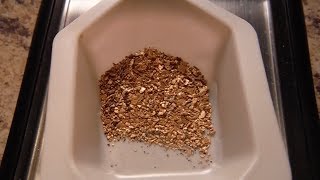Sunday, 11 January, 2026г.
















Где искать: по сайтам Запорожской области, статьи, видео ролики
пример: покупка автомобиля в Запорожье
THE MAKING OF GOLD BARS, documentary
Gold is usually found in a pure state; however, it can also be extracted from silver, copper, lead and zinc. Seawater can also contain gold, but in insufficient quantities to
Gold is generally found in two types of deposits: lode (vein) or placer deposits. It is usually extracted from lode deposits by drilling or blosting, whereas placer deposits require hydraulic mining, dredging, or power shoveling. Once extracted, the gold ore is pulverized to prepare it for refining.
be profitably extracted—up to one-fortieth (1/40) of a grain of gold per ton of water. Gold is generally found in two types of deposits: lode (vein) or placer deposits; the mining technique used to extract the gold depends upon the type of deposit. Once extracted, the gold is refined with one of four main processes: floatation, amalgamation, cyanidation, or carbon-in-pulp. Each process relies on the initial grinding of the gold ore, and more than one process may be used on the same batch of gold ore.
Теги:
the making of gold how it is made making gold from mercury making gold jewelry process of making gold diablo 3 making gold making gold in skyrim how is gold made into jewellery how gold is made naturally how gold is made
Похожие видео
Мой аккаунт


 У вашего броузера проблема в совместимости с HTML5
У вашего броузера проблема в совместимости с HTML5


